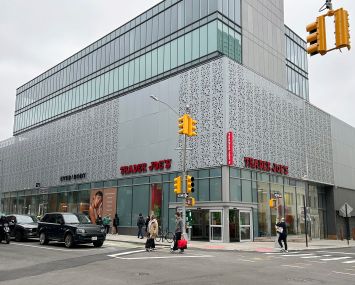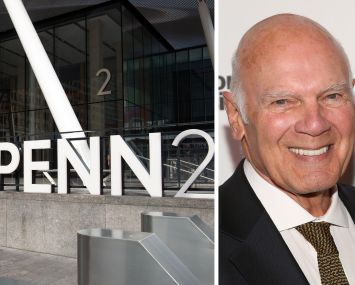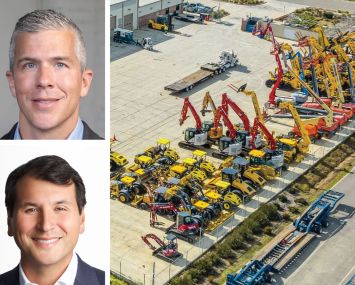Science Empowers Art in Commercial Real Estate Decision Making
By Riggs Kubiak July 18, 2014 2:05 pm
reprintsWhy is it that some building projects succeed and others do not? While there is no “right” answer, certain key factors influence whether or not a project will be successful.
It essentially boils down to a balance between the art and science of decision-making. All commercial real estate projects are a series of decisions stacked on top of one another. Some are made through purely intuition and relationships, while others (more and more) are aided by technological tools, accessible directly through the Internet, at low or no cost. How much of a project’s success can be attributed to the art of decision making and how much is connected to science—the facts, data and technology needed for making informed decisions?
Art in decision-making can be defined as an investor or developer’s intuition about a neighborhood’s potential and how a building or portfolio will be positioned within its submarket. Included within this definition is the need to divine the future, based on early market signals instead of relying on the typical fodder of a standard market research report. Look at Jerry Speyer seeing the opportunity to turn Rockefeller Center into a dynamic retail/office community, Gary Barnett assembling the land to put together what is now the One 57 project overlooking Central Park and Stephen Ross building the Time Warner Center to be one of the preeminently located true mixed use urban developments in NYC, as perfect examples.
The science of making decisions can be defined as the process of identifying and capitalizing on current market dynamics. In other words, analyzing current market rents (Costar, Compstak), tenants in the market (42Floors, OfficeSpace.com), existing neighborhood dynamics (Curbed.com, NIMBY) that drive value for a building, or portfolio, and other objective elements that contribute to the ebbs and flows of any given market (REIS data, PropertyShark.com), etc.
For ALL real estate decisions there is an integration of both the objective and the subjective. The objective (science) is based on measurable factors, while the subjective (art) is based upon instinct. For example, having solid information about a potential partner’s background, team, qualifications and references will help inform the decision-making process, even if the ultimate choice comes down to a feeling, or intuition about who is the best match for the project.
With big dollars at stake in today’s commercial real estate market, it’s interesting to see technology rapidly becoming a major component in making the best decisions, quickly. The ability to have information at your fingertips, such as solid references, market comps, transparency in bidding and relevant past project experiences can make all the difference in getting a deal done. If nothing else, it can simply give you an advantage in moving more quickly than the competition with better certainty in the project’s outcome.
Technology’s Role
Technology sits at the intersection of art and science in the decision-making process, encouraging innovation. As the commercial real estate landscape continues to change, technology can seamlessly bind the art and science of decision-making to maximize the probability of a great outcome. Art and science have more in common than you think. Both value creativity. Both aspire to disrupt, change, innovate and improve what exists.
So do we.
Here at Honest Buildings, we’ve been helping project owners make more informed decisions for the past 18 months, and recently passed the $250 million mark in real estate project contracts originated through our site. By providing a platform to help tenants and building owners find the right pros for their real estate projects, we have created a tool to make the decision making process more scientific, thus allowing for more time spent on the art that makes projects great.
We believe that using technology to streamline the scientific aspects of real estate decisions will help cities all over the world benefit from enhanced decisions made by the next Jerry Speyer, Gary Barnett or Stephen Ross.
In real estate we’re always looking for new machines to help us create art faster, more efficiently and more cost effectively. Technology is that tool.


